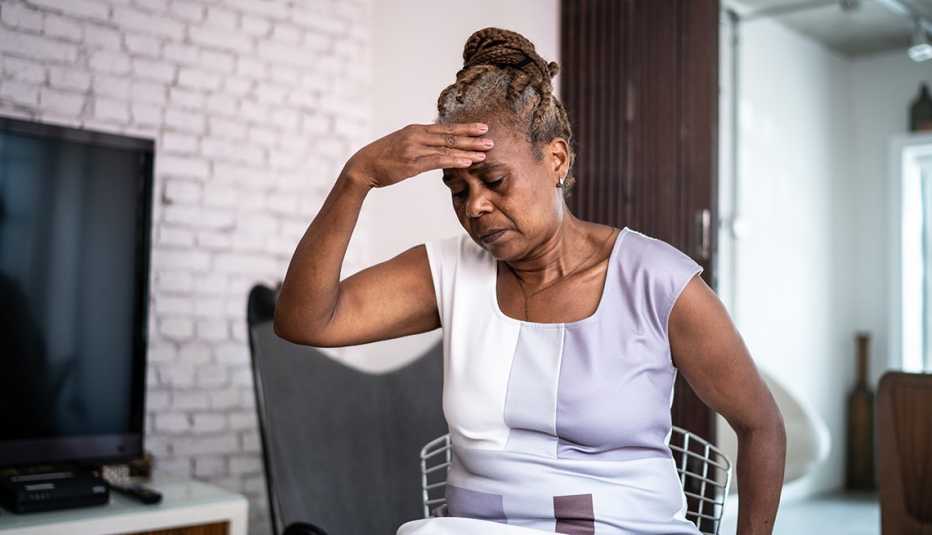AARP Hearing Center


Yael Shvetz, 53, was sick in bed in her Hillsborough, New Jersey, home in April 2022. The mother of four had a piercing headache, and her migraine medicine wasn’t helping. Worse, she’d been throwing up for hours. She’d had migraines before, but never with this kind of vomiting. She thought she’d eaten some bad chocolate pudding.
When Shvetz tried to get out of bed, she fell to the floor with a thud. Her children quickly called 911. By the time the paramedics arrived, Shvetz was barely functional. “My brain was foggy,” she says. “I was mumbling and going in and out of remembering and knowing what I was doing and saying.”
No one knew it then, but Shvetz had had a stroke. A blood vessel in her brain had burst. Deprived of oxygen, brain cells were dying rapidly. “You lose roughly 2 million brain cells every minute a stroke is happening,” says William “BJ” Hicks, M.D., a vascular neurologist and codirector of Riverside Methodist Hospital Comprehensive Stroke Center in Columbus, Ohio.
Given this fast rate of damage, the sooner a person gets treatment, the more likely they are to avoid severe brain damage or death. “Stroke is the number one cause of disability in adults in the United States … especially if the patient is not getting to the hospital quickly,” Hicks says.
Detecting the symptoms
The challenge is that some symptoms of a stroke can easily be misinterpreted. Headaches and vomiting, for example, are shared with other, often less deadly conditions. In Shvetz’s situation, “the paramedics thought I was dehydrated, so they took their good ol’ time,” she says. Numbness, dizziness or disorientation can also come on suddenly, then disappear. This may be a sign of a transient ischemic attack, or TIA, a short-lived stroke that still needs immediate attention, as it can be a warning sign that a more serious stroke is on the horizon.
A brain bleed like Shvetz’s is called a hemorrhagic stroke. “People will tell you, ‘It’s the worst headache of my life,’ and they will often get nauseated and throw up,” says David Miller, M.D., an interventional radiologist and codirector of the stroke center at the Mayo Clinic in Jacksonville, Florida. Hicks likens it to a pipe bursting inside the skull. Pressure builds, causing pain. The pain Shvetz experienced is not typical of the more common ischemic stroke, in which a clot stops blood from reaching brain tissue, Miller says. Ischemic strokes make up 87 percent of cases, according to the Centers for Disease Control and Prevention.





































































More From AARP
Fit & Fun Challenge
Learn more about how physical activity may support brain health at AARP® Staying Sharp®
Women and Stroke: What You Need to Know
Women face some unique risks worth knowing and acting onWhat to Do (and Not Do) When Someone Is Having a Stroke
Knowing how to respond can go a long way to preventing permanent disability
Recommended for You